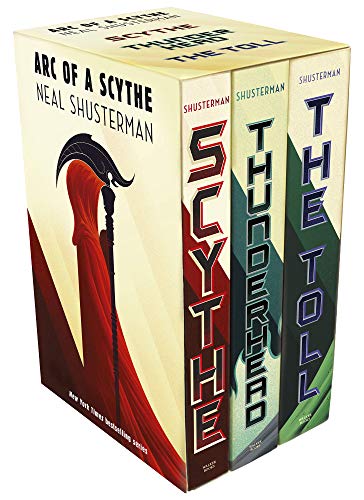Components of a Scythe
A scythe is a versatile and ancient agricultural tool used for mowing grass, weeds, and crops. It consists of several components that work together to efficiently cut through vegetation. Understanding the different parts of a scythe can help users choose the right tool for their needs and ensure proper maintenance. The primary components of a scythe include the blade, snath (handle), tang, nib, and hang.
Blade
The blade is the most significant component of a scythe, as it is responsible for cutting through vegetation. Traditional scythe blades are long, curved, and made of high-carbon steel. The curved design allows the blade to sweep through vegetation more easily, increasing efficiency and reducing fatigue. Modern scythe blades may also be made of other materials like manganese steel or aluminum alloy.
Scythe blades come in different sizes and types, depending on the intended use. Some blades are wider and primarily used for cutting grass and weeds, while others are narrower and suited for heavier brush and crops. Users must consider the length and curvature of the blade when selecting a scythe to ensure optimal performance.
Snath
The snath, also known as the handle or shaft, is the part of the scythe that the user holds and controls. It is typically made of wood, such as ash or beech, and has a slightly S-shaped design. The snath provides stability and leverage, allowing the user to swing the blade with precision and control.
The length of the snath can vary, depending on the user’s height and preference. A longer snath may provide greater reach and cutting power, but it can also be more challenging to maneuver. Conversely, a shorter snath may be more comfortable for users of smaller stature or those working in tight spaces. It is important to choose a snath that feels comfortable and balanced to avoid strain and fatigue during use.
Tang
The tang is the part of the blade that fits into the snath and secures it in place. It is typically a metal rod that extends from the backside of the blade and passes through a hole in the snath. The tang is often secured with a metal or wooden wedge, ensuring a tight and secure connection between the blade and snath.
The tang’s design and construction are crucial for the overall stability and durability of the scythe. It should be properly fitted and firmly attached to prevent any looseness or wobbling during use. Regular maintenance, such as tightening or replacing the wedge, is necessary to keep the tang securely in place.
Nib
The nib, also known as the toe or toe curl, is a small curved hook located at the tip of the blade. It serves as a guide, preventing the scythe from digging too deeply into the soil or catching on obstacles. The nib also helps maintain balance and control when using the scythe.
The design and size of the nib can vary depending on the type of scythe and its intended use. Some scythes may have a longer nib, while others may have a shorter or more pronounced curvature. The nib should be properly shaped and sharpened to ensure smooth cutting and prevent unnecessary strain.
Hang
The hang refers to the overall balance and ergonomics of the scythe. It is the relationship between the blade, snath, and tang, which determines how the scythe feels and performs during use. A well-balanced scythe will be easier to handle, less fatiguing, and more efficient at cutting vegetation.
The hang can be adjusted by positioning the tang at different angles within the snath or using additional weights or counterbalances. It is a personal preference, and users should experiment to find the optimal hang for their specific needs and body mechanics.
Understanding the different components of a scythe is essential for selecting the right tool and ensuring its proper use and maintenance. By considering factors like blade type, snath length, tang fit, nib design, and hang, users can maximize the efficiency and longevity of their scythes.






